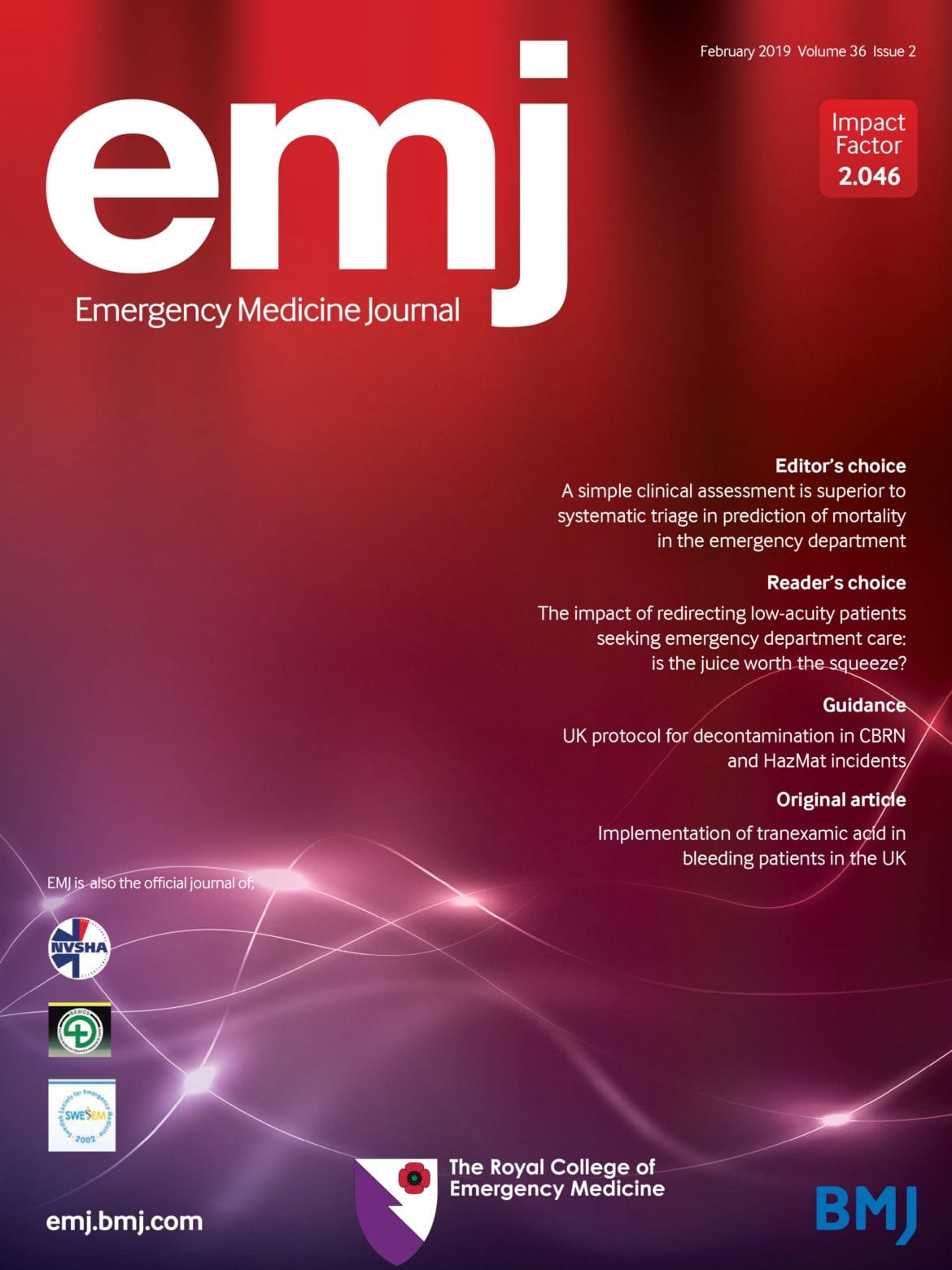

The pattern appears in the sequences 1, 2 and 3, while the pattern appears in sequences 1 and 3. In other words, these patterns appears in 3 and 2 sequences of the input database, respectively. Note that the pattern could also be put in this table, as well as the pattern , and with support = 2 …(2020/03)įor example, the patterns and are frequent and have a support of 3 and 2 sequences, respectively. Some of these sequential patterns are shown in the table below, where the number of sequences containing each pattern (called the support) is indicated in the right column of the table. In the example database, many subsequences met this requirement. For example, if a user sets the minimum support threshold to 2 sequences, the task of sequential pattern mining consists of finding all subsequences appearing in at least 2 sequences of the input database. This parameter indicates a minimum number of sequences in which a pattern must appear to be considered frequent, and be shown to the user. To do sequential pattern mining, a user must provide a sequence database and specify a parameter called the minimum support threshold. This can be useful to understand the behavior of customers to take marketing decisions. For example, in the context of our example, sequential pattern mining can be used to find the sequences of items frequently bought by customers. Those subsequences are called the frequent sequential patterns. Traditionally, sequential pattern mining is being used to find subsequences that appear often in a sequence database, i.e. For example, in this database, the first sequence (SID 1) indicates that a customer bought some items a and b together, then purchased an item c, then purchased items f and g together, then purchased an item g, and then finally purchased an item e. A sequence is an ordered list of itemsets (sets of items bought together). Each sequence represents the items purchased by a customer at different times. Consider the following sequence database, representing the purchases made by customers in a retail store. I will now explain the task of sequential pattern mining with an example. Sequential pattern mining has numerous real-life applications due to the fact that data is naturally encoded as sequences of symbols in many fields such as bioinformatics, e-learning, market basket analysis, texts, and webpage click-stream analysis. More precisely, it consists of discovering interesting subsequences in a set of sequences, where the interestingness of a subsequence can be measured in terms of various criteria such as its occurrence frequency, length, and profit. The task of sequential pattern mining is a data mining task specialized for analyzing sequential data, to discover sequential patterns. Pattern mining consists of discovering interesting, useful, and unexpected patterns in databases Various types of patterns can be discovered in databases such as frequent itemsets, associations, subgraphs, sequential rules, and periodic patterns. If you want to read a more detailed introduction to sequential pattern mining, you can read a survey paper that I recently wrote on this topic.ĭata mining consists of extracting information from data stored in databases to understand the data and/or take decisions. Some of the most fundamental data mining tasks are clustering, classification, outlier analysis, and pattern mining. This blog post is aimed to be a short introduction. In this blog post, I will give an introduction to sequential pattern mining, an important data mining task with a wide range of applications from text analysis to market basket analysis.


 0 kommentar(er)
0 kommentar(er)
